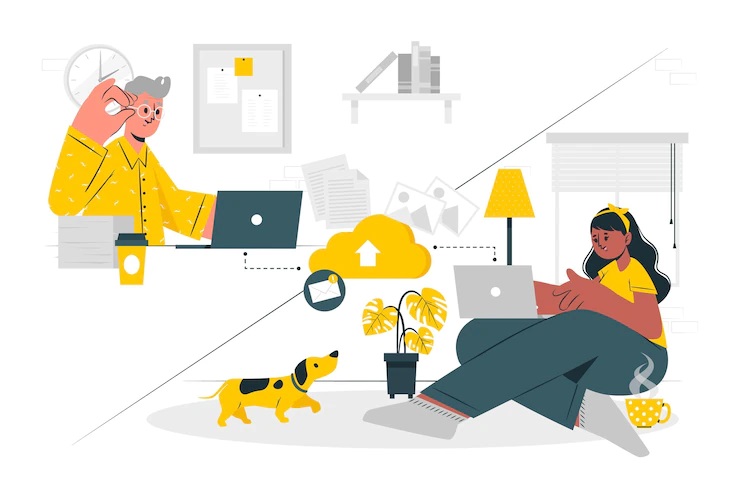A payroll is a necessity in every organisation in this era.
An efficient payroll is not just about automation & quick calculation. If not done properly, it may lead to chaos, employee dissatisfaction, workflow disruption and many more such problems. The biggest problem of outsourcing payroll though, in my opinion, is the lack of confidentiality of data. A payroll like Spine HR Suite’s maintains complete transparency with you and complete opacity with any other parties.
Following are the advantages and disadvantages of outsourcing a payroll:
-
 Advantages
Advantages
– Quick Calculation
The first and foremost benefit of implementing a Payroll software is quick calculations. Automated, AI-powered payroll systems make it much easier to calculate salaries. Salaries can be calculated based on days, shifts and even hours worked! Calculation of daily wages is also possible with a payroll system powerful enough like Spine HR Suite.
– Arrear Calculation
Arrears refers to payments that are overdue. Which have to be paid at the end of a given period after missing out on the required payments. Usually it is very difficult to calculate arrears as one needs to know the term missed, pay rise (if any) and many other things. Given the amount of factors included, Arrear calculation is one nightmare of a task. But a payroll solution makes arrear calculation easy as well! Just enter the employee code and the system will calculate the arrears!
– Regulatory Compliances
Being AI Powered, a payroll software keeps itself up to date with all the regulatory compliances. It sends you notifications about new regulations and compliances, etc.
It is difficult to track regulatory compliance and calculate salaries according to them. Hence, a payroll software does it for you in a few clicks! All you need to do is select the compliances which are applicable to you!
– Industry and Segment Agnostic
A payroll software is usually standardised. This is because payroll is a necessary HR Process in every industry. Paying employees and calculating the pay is a need in every segment. And as the product is segment and industry agnostic, any one can implement a payroll in their organisation. Any organisation can install a payroll regardless of its size or industry it belongs to.
– Quick disbursement of Salaries and payslips
As if calculating salaries was not excruciating enough, HR has to process the salaries and payslips as well. Making every individual payslips. Then depositing the salaries into the employees’ bank accounts. Sounds like a nightmare, doesn’t it? But no more pain with a payroll system! Disbursement of salaries and payslips is just a few clicks away!
-
 Disadvantages
Disadvantages
– Low Confidentiality
The major risk linked with payroll softwares is the lack of confidentiality. As the solution providers usually don’t have a dedicated server for every single client, data can get leaked. Even on cloud servers there are chances of data leak. There is no real solution to this problem unless you have an on premise server. One advice that a smart HR should follow is to go for a reliable solution provider. HR and Managers need to be aware of the market and not fall in the traps of “Cheap or Free” payroll. One always needs to check the genuinity of the product as well as the provider.
– Too many solution providers
Another major problem is having too many options in the market. Now, don’t get this wrong. It is always good to have options but not when there are way too many! Especially when people try to fool others with words like “Free”. Again, you always need to verify the genuinity of the software and the solution provider.
In conclusion, a payroll solution is a must in every organisation. But when it comes to considering a payroll, one must do a detailed research on the authenticity of the solution provider. Spine HR Suite offers you a powerful payroll system with many more modules! You can learn more about Spine Payroll here.




 – Huge Employee Count
– Huge Employee Count
 Chat bots
Chat bots


 – Healthy Onboarding
– Healthy Onboarding
 No full-time Office Experience
No full-time Office Experience
 – Low Profitability
– Low Profitability
 Asset Budgeting
Asset Budgeting
 – Cost-efficiency
– Cost-efficiency